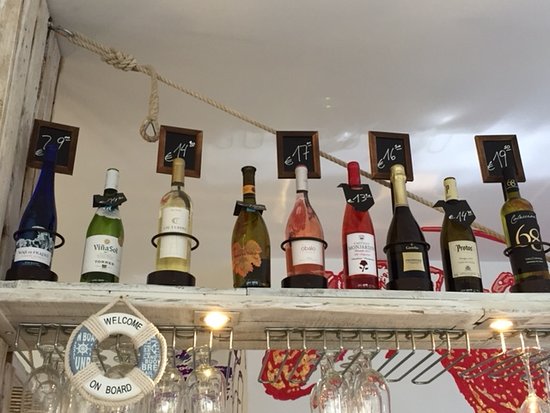

And within Piedmont, two villages have long been understood to produce the finest nebbiolos in the world: Barolo and Barbaresco. Traditionally, the most celebrated nebbiolo hails from the Italian region of Piedmont, where the thick-skinned grape isn't harvested until late in the growing season, around when the autumn fog begins to roll in (nebbiolo takes its name from "nebbia," the Italian word for fog). Wine lovers turn to cabernet sauvignon for intensity and to pinot noir for elegance-but if there's any grape that can match them both on each count, it has to be nebbiolo. Region: Barbaresco, Italy | ABV: 14.5% | Tasting Notes: Violet, Tar, Cherry, Baking spice Here are 15 excellent and diverse red wines that are especially deserving of your corkscrew. With red wines now being made in every major wine-producing nation in the world, it's impossible to condense the totality of red wines into a short list-but that's not going to stop us from trying. Gaja Barbaresco takes the top spot because it has a traditional but rich composition that makes for a legendary drinking experience. And that's to say nothing of the unique styles and practices cultivated by each individual winemaker. The same grape grown in the various Burgundy villages of France returns a much different style: wavering in degrees of ripeness, with some more fruit-forward than others, but remarkably earthy and imbued with ample acidity and firm, taut tannins.


The style of pinot from California is typically ripe, powerful and fruit-forward.
#Best types of wine skin#
Take pinot noir, for instance: a hard grape to cultivate because of its delicate skin and difficulty ripening in areas that lack sufficient sunshine. Traditions and mandates governing the production of red wine vary geographically: different regions of the world all have different rules dictating which grape varieties are permitted, how long the wines must age, what the final alcohol content be, and how the wine must be labeled.Īnd it's not just the rules that vary per geography, it's also the way the grapes express themselves. Oak barrel aging, filtration, cultivated yeasts, and modern vineyard practices are all comparatively recent additions to the red wine experience. The finest red wines of today follow this general pattern, with the addition of a couple millennia worth of innovation. You just need some grapes, a container, and mother nature. Unlike beer, there's no heating involved unlike liquor, you don't need a still.

At its essence, red wine may be the simplest and most straightforward alcoholic beverage in the world: you simply harvest some red grapes, crush them (with a press, or-if you prefer-your feet), let them sit with their skins for a while to add color (as distinct from whites, in which the juice is typically separated from the skins to produce wines of lightness and clarity), and wait for some ambient yeasts to start converting the sugar into alcohol. All of these flavors are natural, not added.Ah, red wine: friend to hearty dishes, enemy to white shirts. While white wines may taste like citrus or tropical fruits, or have mineral characteristics, red wine flavors generally include some fruits (from sweet-tart cranberries to underripe strawberries to jammy cherries), flowers, herbs, spices, and earthy qualities. Red wines pack a different punch compared to whites because of skin contact during fermentation. Different grape styles yield different flavors. (That means low acid is probably a better bet if you tend to prefer sweet red wines.) Red wines higher on the acidity scale taste crisp and tart, while low acid wines are rounder and smoother. In addition to acting as a preservative, acid in red wine lends a pop of freshness, structure, and balance. (Since these are removed early on in the white wine-making process, you don't often experience tannins in white varietals.) Tannins add structure and texture to a wine, and boost its "ageability." Certain red wine types have more tannins than others, and these tend to soften as a wine ages. Tannins are polyphenols that naturally come from the skins and seeds of the grapes. Also found in apple cider, apple juice, beer, and grape juice, this is the slightly astringent quality that can make your tongue feel a bit drier after taking a sip. Over time, red wines can appear more red-brown in color. Red wines are available on a spectrum from a light ruby hue to a deep, dark purple.


 0 kommentar(er)
0 kommentar(er)
